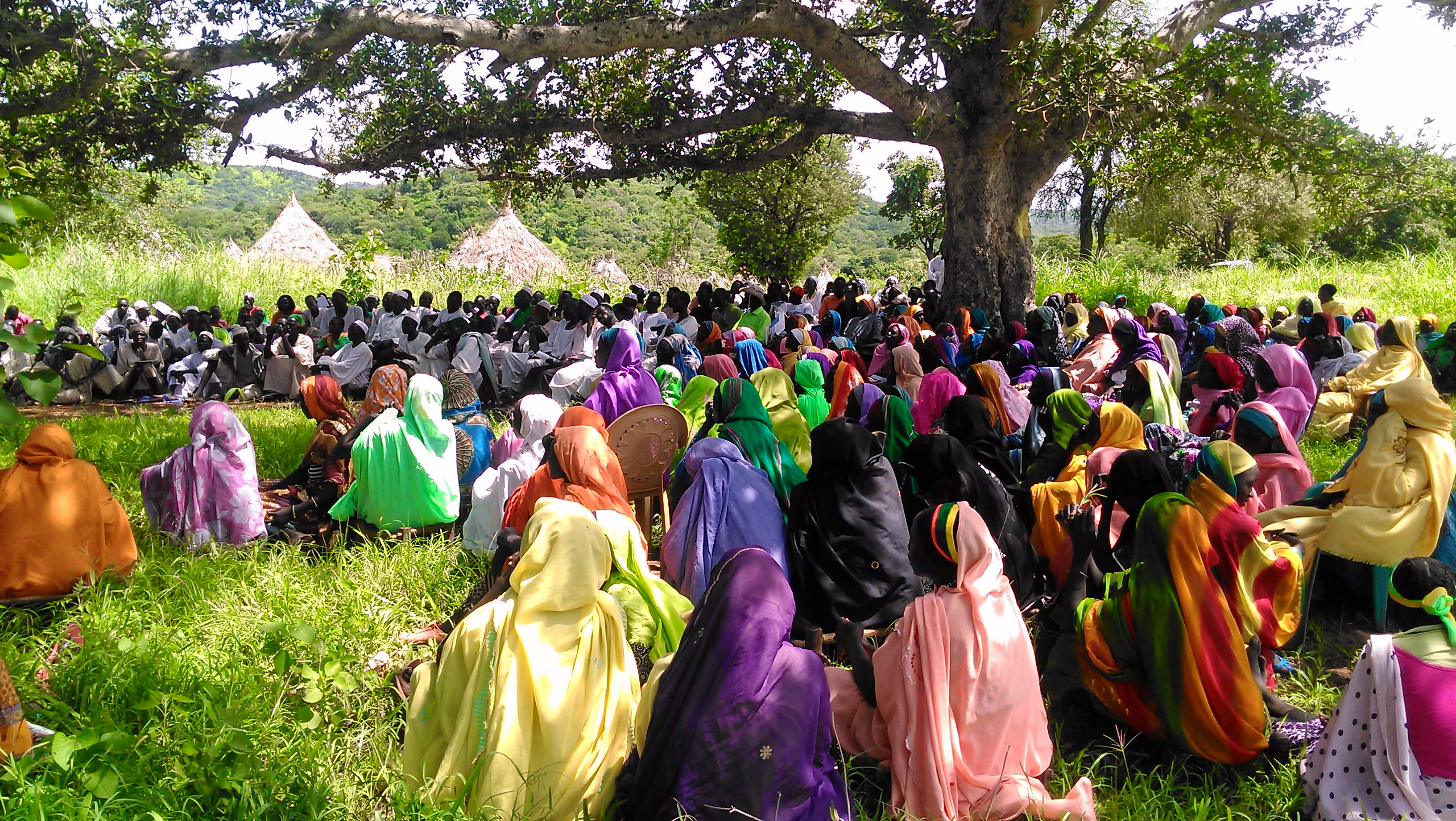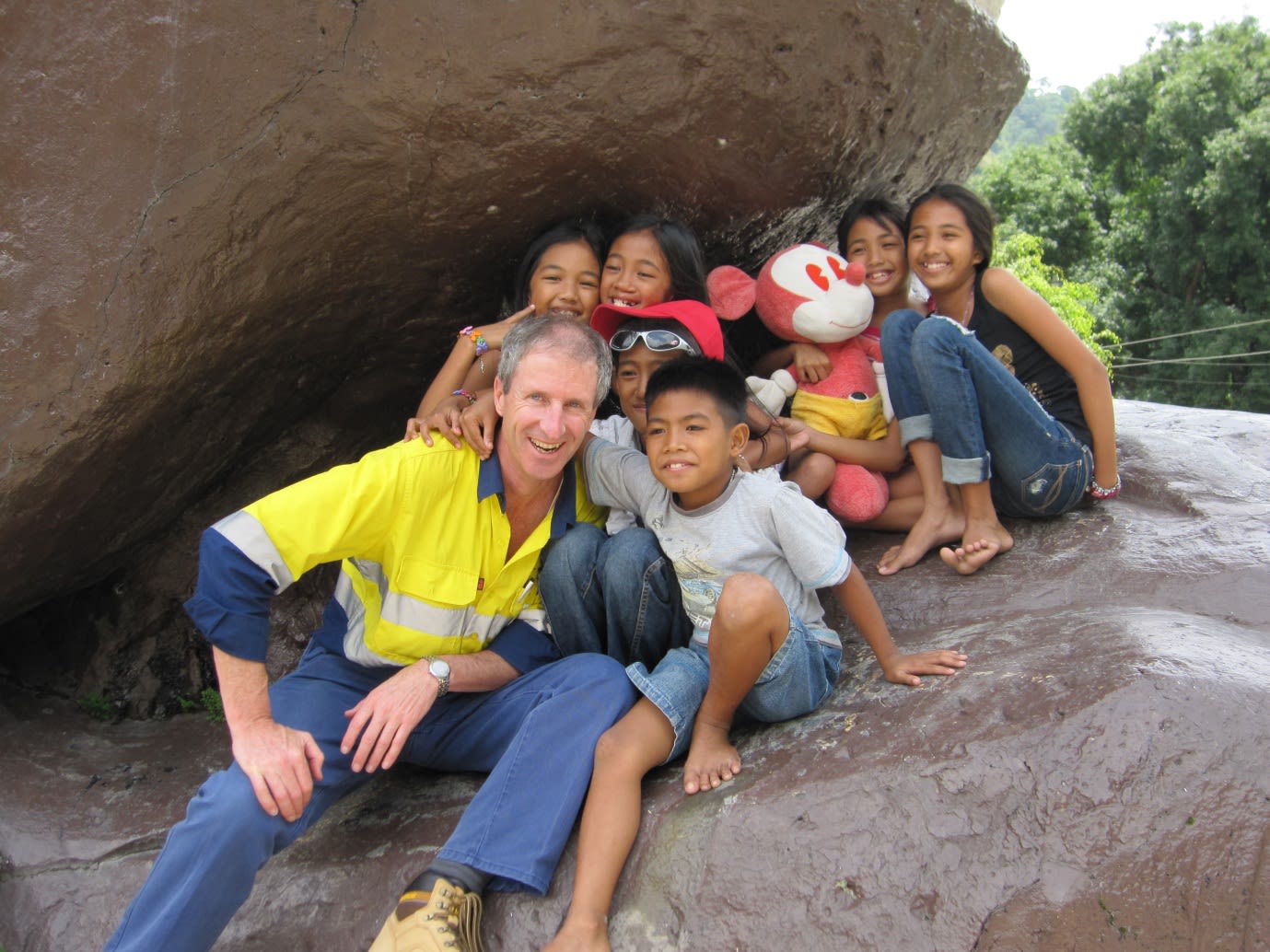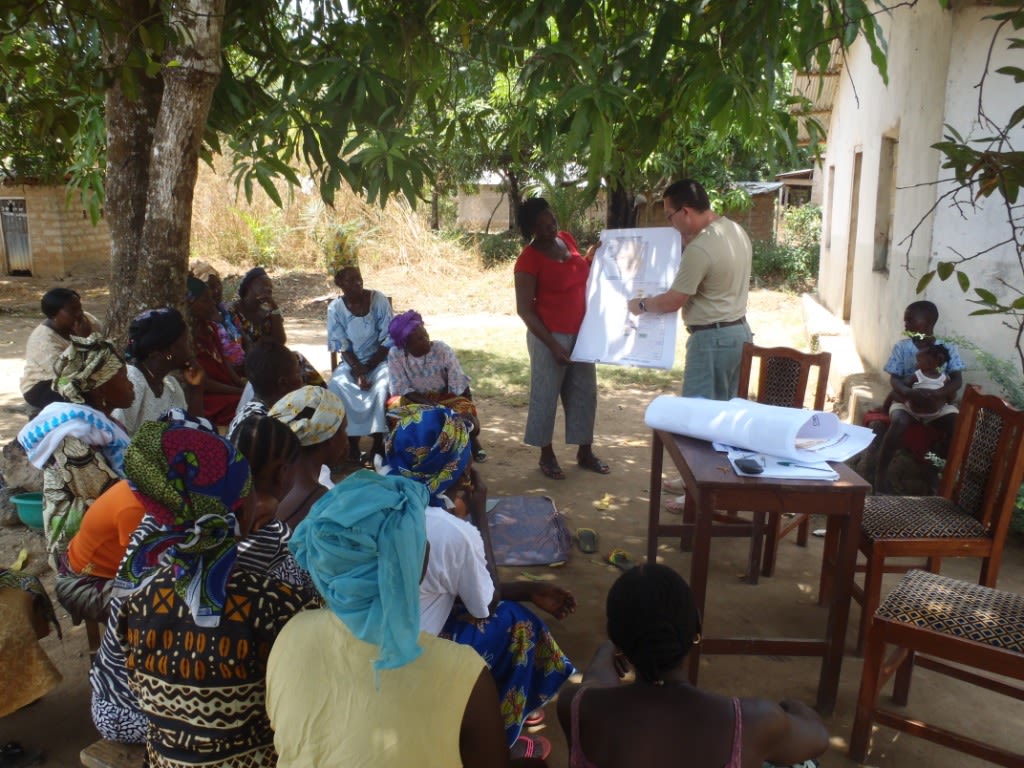Chapter 5
ESG


Early stakeholder engagement is crucial for efficient exploration
Ignoring ESG issues early in the process lays the foundation for ongoing obstacles
By Kate Vershinina, Principal Consultant (Sustainability), SRK Consulting
A world of greater awareness and enlarged social consciousness, depleting resources, and a growing population has changed the ESG landscape. We know this.
Biodiversity disruption is a far more common community objection nowadays, and water use and quality is regularly a major source of conflict if not managed. These are just two standard examples, but the list of considerations is growing.
The common response to raising environmental and social concerns during exploration 20-30 years ago was that these points would be revisited once there was a mine plan. This felt logical to many at the time but has repeatedly proven illogical in practice.
By the time a company has drilled out a resource and is scoping a mine, it has already established some form of reputation with its stakeholders – if there has not been adequate interaction and engagement, that impression is likely to be a poor one.
The reality resources companies need to accept is that stakeholders don’t need to wait for construction to start in order to stop it. And, mainly thanks to social media, those stakeholders are better educated and eager to engage earlier in the process. This causes a challenge for those companies with an ill-considered ESG approach, but opens the door to welcome conversations for those who have accepted the new reality and made provisions.
It is critical to understand the environmental and social considerations early in the process because these concerns will be themes throughout the life of the project. Explorers need to do their homework around local contexts before the boots are on the ground, and issues need to be well understood before the rigs are turning.
It is much more efficient to avoid, rather than mitigate later.
For a resources company, the near-term objective is simply a matter of ensuring its reputation remains in good standing through what might ultimately be an unsuccessful exploration campaign.
The long-term repercussions are clearly far greater, with thorough and adequate stakeholder engagement and ESG management during exploration creating the fibres for a longer relationship between a company and its stakeholders throughout what becomes a development and then mining operation lasting decades.
Miracles shouldn’t be expected. Like all aspects of project development, understanding of the ESG considerations and how best to manage those will improve over time.
But this makes it all-the-more important to start that process as early as possible to be fully engaged with stakeholders and have a sophisticated understanding of their needs when the greater-impact stages of development and mining are being planned then executed.
To successfully engage early, resources companies need to have their processes clearly mapped out at corporate level as a framework for engagement. This must be done with an acknowledgement that every project has its only considerations and nuances.
They should expect initial stages of engagement to be potentially complicated and lengthy because of the inherent sensitivities around land use. This approach will ultimately save time and money during more capital-intensive phases of the mining cycle.
The good news is the industry is getting better but we should not kid ourselves that we will crack this nut; it will be an ongoing process of learning and improvement.


Do it right: a bad reputation is hard to shake
The use of contractors and local content pose specific challenges for explorers
By Chris Cann, Group Managing Editor, Mining Journal
Resources companies today are rightly worried about their reputations.
Incidents such as the Brumadinho tailings tragedy of 2019 in Brazil and the Juukan Gorge disaster in Western Australia from 2020 have had a near-term organisational and balance-sheet impact on companies and likely a far longer-lasting effect on their ability to negotiate with stakeholders, raise capital and recruit talent.
But to think damaged reputations can only cause problems for miners is backward.
Explorers come first, and stakeholders view them as mining companies. What’s more, stakeholders are likely to greet explorers aggressively knowing it is increasingly difficult to stop development as it matures. After exploration, comes mining.
There are also plenty of avenues for impact during the exploration phase that can put stakeholder noses out of joint, creating permanent opposition to a project, and to a company.
It is not hard to imagine the community response to large drill rigs turning at all hours without adequate consultation, and trucks with exploration supplies and samples tearing up and down usually quiet rural roads. But stakeholders may also feel slighted if uninformed when geophysical surveys are flown overhead or geologists come snooping for rock-chip samples.
Generations of explorers will testify that offence in stakeholder communities is easily taken, but hard to assuage. And bad will is transferable.
Companies may be looking to sell a project on from the outset, but that does not mean their ESG performance is not relevant. Potential buyers will consider the relationships they might inherit, and any activities undertaken on one site will form part of the track management teams carry with them to future projects, effecting both their ability to raise capital and earn a social licence.
Even with the best management will in the world, the risks of permanent damage to reputation are particularly high when engaged in two practices; the use of contractors and a perceived need to engage local people and businesses (local content).
The exploration work itself is often done by contractors and/or subcontractors. These groups are usually specialised in exploration alone – they explore, then they’re gone. They don’t shoulder the responsibility for future activities. This hardly fosters concern for long-term relationships, and has repeatedly created long-running stakeholder conflict.
It is up to the exploration company who has responsibility for the asset to ensure proper governance is established and enforced, not only within its own corridors but throughout any groups operating on its behalf.
This is executed chiefly through clearly written and communicated contracts, alongside adequate supervision and enforcement of obligations.
Smaller companies may often reasonably complain of limited resources to fund proactive ESG behaviours, but there is support available.
For any groups not clear on the obligations to be enforced, professional bodies such as the Association of Mining and Exploration Companies in Australia or the International Council on Mining and Metals globally have established ESG standards for exploration that should act as guardrails for best practice.
Meanwhile, local content as an ESG trend has been on the rise for at least 15 years and the accepted wisdom is that to hire, contract and train locally comes with a big tick. But it is not so straight forward.
For a start, much like contracted exploration teams, any group operating as an agent of, or even associated with, the project owner poses a reputational risk. The same best practice around terms of engagement should therefore be followed.
Explorers must also be aware of local legislation. While preferentially employing and training locals in the remote deserts of Western Australia, the frosty extremes of Canada’s Northwest Territories, or in third-world African communities is broadly welcomed, it is considered a breach of human rights in Europe. In many places, the rights of immigrants to be equally considered for work is law.
Explorers like miners have one reputation. It should be vigorously protected.
